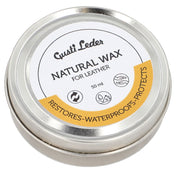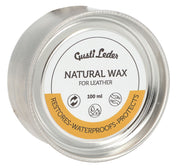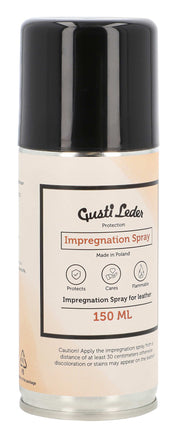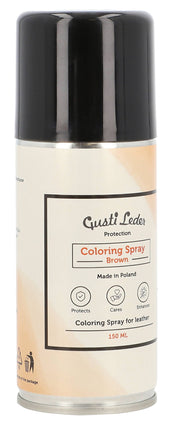Retanning General
To achieve certain properties of the finished leather (e.g., color, softness, body), the primary tanning process is often insufficient. Therefore, the leather is often retanned. One cannot expect a single leather to meet all requirements; therefore, one should focus on the most important and essential characteristics. Retanning should influence, among other things, the following: lightening of the leather color (bleaching effect), dyeability, body, performance-related properties (weight, hygiene), lightfastness, grain fineness, grain strength, processing-related properties (shape retention), softness, and finishability of the leather.

Application of retanning agents
All tanning agents can also be used as retanning agents. Each retanning agent achieves a different result, depending on the preceding main tanning process. The most important retanning agents, however, are resin and polymer tanning agents, synthetic tanning agents, and vegetable tanning agents. These tanning agents have a particularly significant influence on the fullness and structure of the leather during retanning. Retanning, along with neutralization, dyeing, refatting, and impregnation, is a wet finishing step. 
Time of use of retanning agents
It is important to consider when and under what conditions the various tanning agents are used. Mineral retanning agents, such as chrome or aluminum, must be applied to the chrome leather immediately before deacidification. Synthetic tanning agents, on the other hand, are applied after deacidification, but before dyeing or even after fatliquoring the leather. The same applies to vegetable retanning agents. Fatliquoring always occurs after dyeing.

Properties of retanned leather
If you want to increase the softness of the leather, you must use tanning agents with a low tanning or greasy effect, such as masked chrome tanning agents or glutaraldehyde. To add body and thus apparent thickness to the leather, resin, synthetic, or vegetable tanning agents are used. To enhance the elegance of the leather (fine grain, tight grain), chrome or synthetic tanning agents are used. They are also used in conjunction with aluminum tanning agents to improve the lightfastness of the leather. Retanning is intended to have a lightening effect.
If you would like to learn more about the individual steps of tanning, you can watch this video:
Additional sources (accessed 13.12.2018):
- lederpedia(dot)de/lederherstellung/retanning/retanning
- leder-info(dot)de/index.php/Gerbung
- de(dot)wikipedia(dot)org/wiki/Gerben





